Is Malacañang Palace haunted? 16 presidents have lived there—and one ‘kapre’
A look at the country’s seat of power through 16 presidents, as well as the corruption, excess, and the ghosts that roam its corridors and gardens.
Five weddings, two hasty exits in disgrace, rambling midnight addresses, and ghost sightings fill the history of the president's official residence.
Malacañang Palace has seen it all—16 presidents of the three republics of the Philippines and, before that, the Spanish governor-generals and the American high commissioners.
The 157-year history of Malacañang Palace as a center of power can fill rooms upon rooms with stories of celebrations, betrayals, struggle for power, and meetings that changed the nation’s course throughout this country’s independence.
Forty-eight years after Marcos declared martial law, Malacañang Palace is once again occupied by what many consider a “strongman” with President Rodrigo Duterte being the palace’s occupant since 2016.
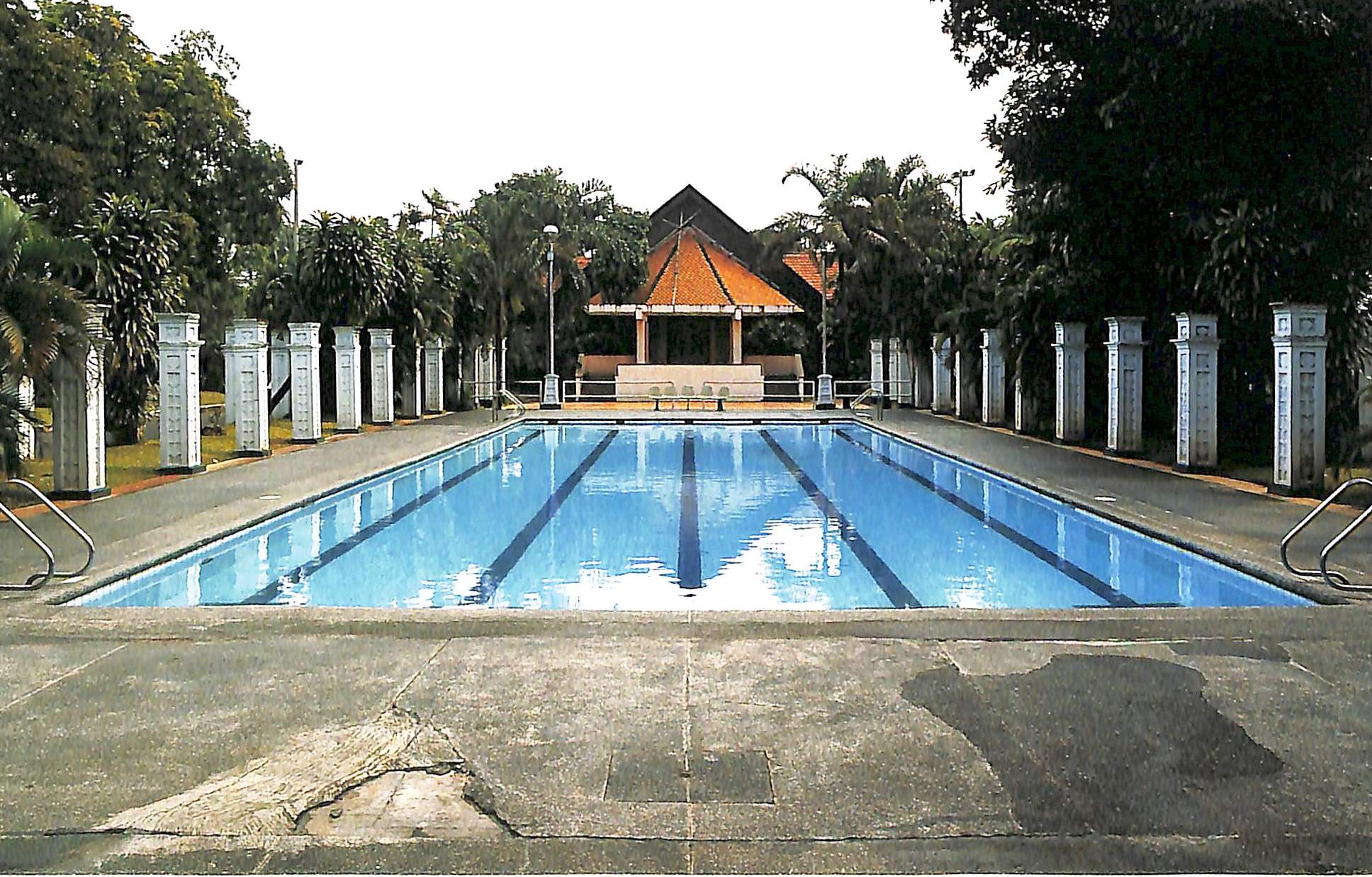
It was also the Malacañang of his father, Vicente Duterte, who was once the Cabinet Secretary for General Services in the Marcos administration.
In 1986, a barge standing by one of the two towers of Malacañang Palace brought President Ferdinand Marcos to the PSG compound across the Pasig River, where a helicopter was waiting to take him to Clark Airbase and then to Hawaii, ending his 21-year dictatorship marked by excess and human-rights violations.
The scene would be repeated in 2001 with President Joseph “Erap” Estrada, who took the same short ride across the infamous river, and then out of the palace grounds via Otis Ave., ending his three-year presidency at the height of EDSA Dos.
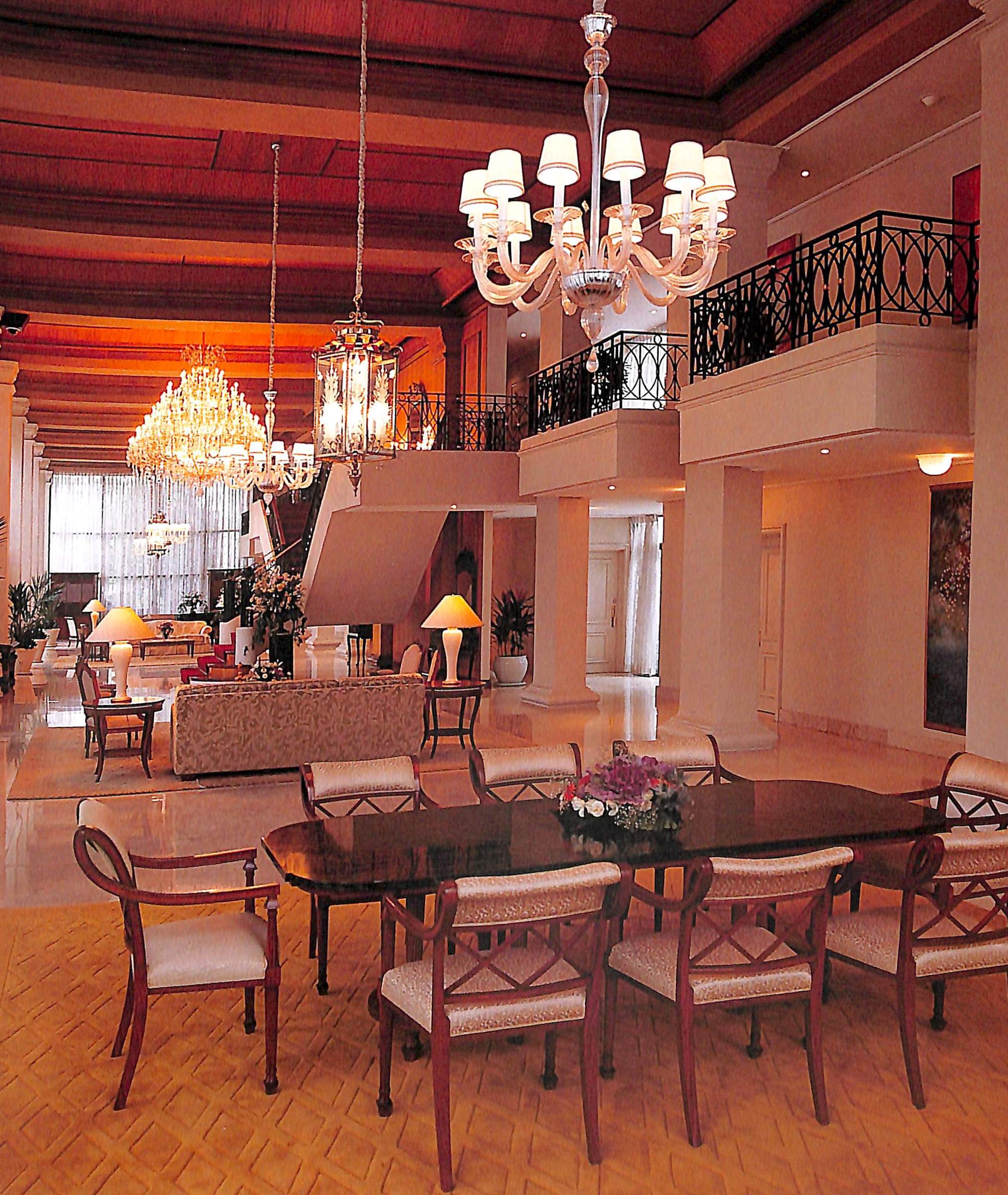
Presidential residences
Not every president after Marcos wanted to live in Malacañang Palace. For Corazon "Cory" Aquino, who rose to power through the People Power Revolution, it was understandable considering the blighted image of the place after the wreckage of Martial Law. Her successor Fidel V. Ramos didn’t live there either. For 15 years, the palace was used only as an office and for state functions.
Philippine presidents have four options in the Malacañang complex to choose from as their official residence, including Arlegui Mansion, a private property used by the Aquino and Ramos administrations from 1986 to 1998.
The first option is Malacañang Palace itself, long rumored to be haunted by ghosts. In Spanish colonial times, this was the official residence of the Spanish governor-general, while the administrative offices were located in Intramuros. During the American period, they transferred the offices inside the palace walls in the newly built Executive House right beside Malacañang.



President Gloria Macapagal-Arroyo, who was a teenager growing up in the palace during her father’s presidency in the 1960s, brought back the tradition of living in Malacañang in 2001.
Presidential Museum and Library director Edgar Ryan S. Faustino told me in a 2016 interview, “GMA said she had good memories growing up there. She had the desk used by her father when he was president and she used it herself.”
Malacañang covers 9,000 square meters and has 60 rooms, including the bathrooms. It’s bigger than the White House, which is around 5,000 square meters.
Museum guide and presidential staff assistant Louie Esquivel also said in the same interview that according to then President Noynoy Aquino’s Foreign Affairs Secretary Jose Rene Almendras, when US President Barack Obama was in Malacañang, he was awed by how big and beautiful the palace was, especially when he saw the Rizal Ceremonial Hall, which can hold up to 500 people.
The second residence is the Bonifacio Guest House, which has about 10 bedrooms and was built by Marcos in 1975 on the site of the former servants' quarters. The Marcoses lived there during the renovation of the palace from 1978 to 1979.
President Ramon Magsaysay: Malacañang is the palace of the people.
Estrada also lived in the Guest House when he became president in 1998. His renovation of the Guest House became fodder for news for its kitchen’s costly state-of-the-art fittings.
Like Marcos, his was a disgraced exit from the Palace, preceded by the impeachment trial involving his secret bank accounts and a reported P400 million bribery from Governor Chavit Singson.
The third option is Bahay Pangarap, which is across the Pasig River and where the PSG (Presidential Security Group) compound is located.
This is where President Benigno “Noynoy” Aquino III lived from 2010 to 2016. The structure was built by Commonwealth President Manuel Quezon as a rest house when he wanted to escape his public life in the palace.
Of the three options within the palace walls, this is the smallest—fit for a bachelor president—though it's quite sizable still. It has a swimming pool and originally had one bedroom, later expanded to three to accommodate security and housekeeping staff.
This is where Duterte lives when he’s in Malacañang Palace.
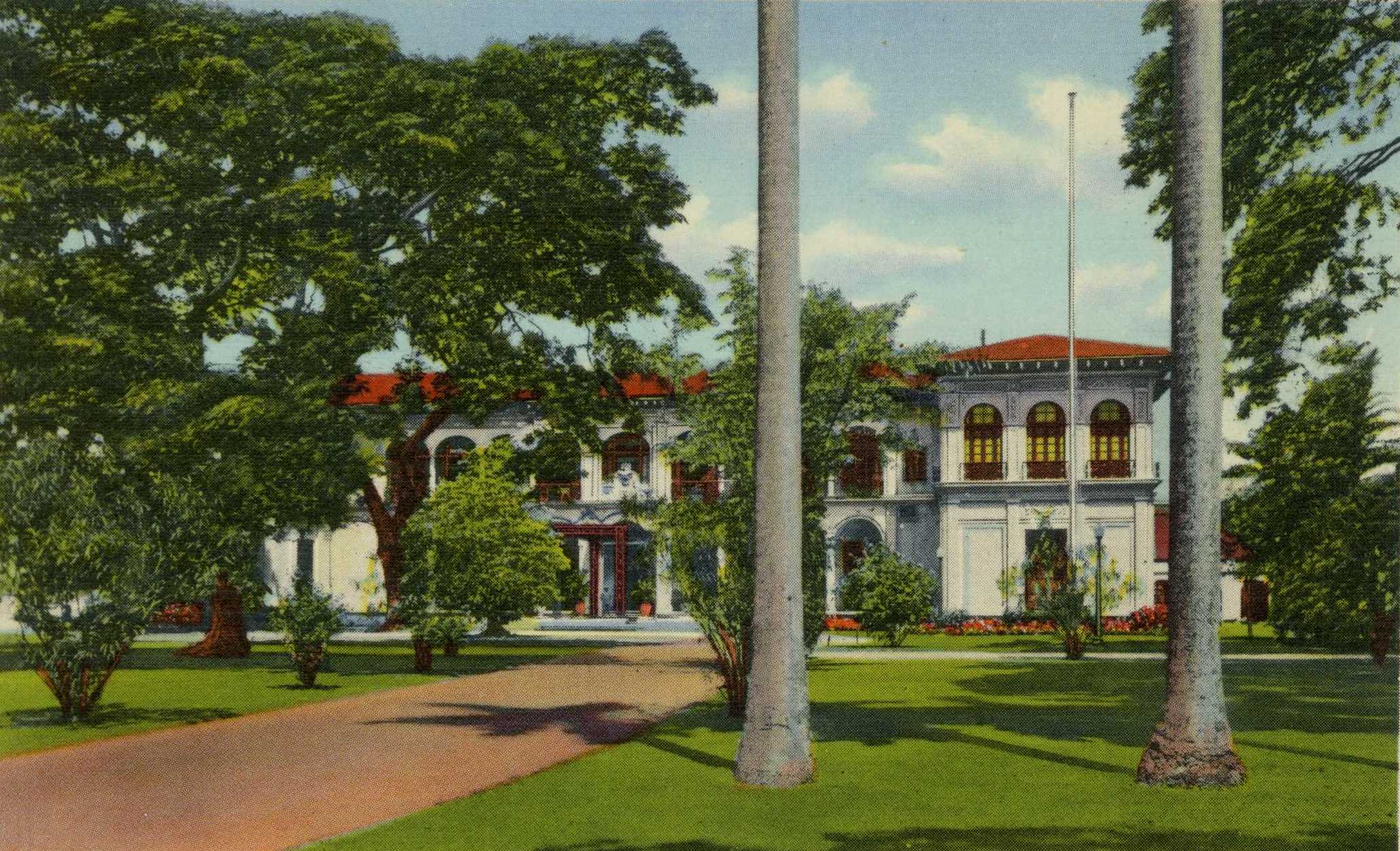

The fourth is Arlegui Mansion, a private property that has since been returned to the owners, the Laperal family. Arroyo offered then incoming President Aquino this option, but he chose Bahay Pangarap instead.
Two presidents lived in Arlegui Mansion—Cory and Ramos. Cory used it as her residence and the Guest House as her office. She wanted to continue living in the Aquino family house on Times St. in Quezon City but was convinced by the PSG that it was a risky arrangement.
Arlegui Mansion was forcibly seized by Marcos when he assumed office in 1965, citing “security” as his reason, even though the mansion sits on Arlegui St., which is outside Malacañang walls. One of the first acts of the Noynoy Aquino administration was to return the mansion to the Laperals. In 2016, it went up for sale for P1 billion.
Malacañang Palace is the most secure residence since Imelda Marcos reportedly had it bullet-proofed during her 1979 renovation. The Palace’s private residences are on the second floor, just off the grand staircase. Under the different presidencies, the rooms change their functions.
What were bedrooms before have been turned into offices or vice versa, but the structure itself has remained as it was since Imelda’s renovation during martial law, when all Spanish and American colonial influence were effectively erased—turning it Filipino with the theme “Malakas at Maganda” to represent herself and her husband, President Marcos.
The first sighting of the interiors of Malacañang by the public since President Ramon Magsaysay opened the palace to the people in the 1950s was in 1986, after the People Power Revolution and the Marcoses had left. Protesters stormed Malacañang then, tearing documents inside, waving the Philippine flag.

Ghosts of presidents past and Mr. Brown
Ramos’s First Lady Ming Ramos has always been known for her love of gardens. When she was first lady, she looked around the palace grounds and thought it would be a good idea to plant some flowers right outside the state entrance. So she planted flowers near the balete tree that’s more than a hundred years old, but the flowers kept dying and, for once, her famous green thumb wasn’t working.
A palace staffer asked her, “First Lady, nagpaalam na po ba kayo kay Mr. Brown?” She said, “Sino si Mr. Brown?”
Mr. Brown is Malacañang’s resident kapre, a mythological creature that’s phenomenally tall, sits on big trees (they always seem to prefer balete trees) and smokes a cigarette. The palace staff believes that Mr. Brown protects the balete tree and, by extension, the palace.
Perhaps the first lady thought it was nonsense, but it’s said that she nonetheless did what every Filipino does whether they believe in these things or not: she asked for permission. She went back to the tree and said, “Mr. Brown, I’m just trying to make your space more beautiful, patubuin mo naman ang mga bulaklak ko.”
And the flowers did bloom—but whether it was because of Mr. Brown or because they were simply now in season is anybody's guess.
The balete tree is so huge and beautiful that state events have been held around it, from the signing of international agreements to evening socials when drop lamps are hung from its branches to illuminate the space.
Malacañang insiders say that Imee Marcos once claimed she saw the ghost of President Manuel Quezon in one of the palace rooms during her father’s presidency.
Some employees have claimed that they’ve seen the ghost of President Roxas in Kalayaan Hall’s Roxas Room, smoking his cigarette. Two people have claimed that on separate occasions they saw the ghost of a child playing in the Roxas Room.
During Ramos’s presidency, it was said that staffers saw the ghost of Garcia playing at the current president’s chessboard, a game the former president was very good at.
While three Filipino presidents have died during their terms, not a single one died in Malacañang Palace. Roxas died of a heart attack after giving a speech in Clark Air Base, Quezon died of tuberculosis in New York, and Magsaysay died on a plane crash in Cebu.
Apart from dead presidents, sightings have reportedly been made of ghosts from the Spanish and American eras in the corridors and rooms of the palace.
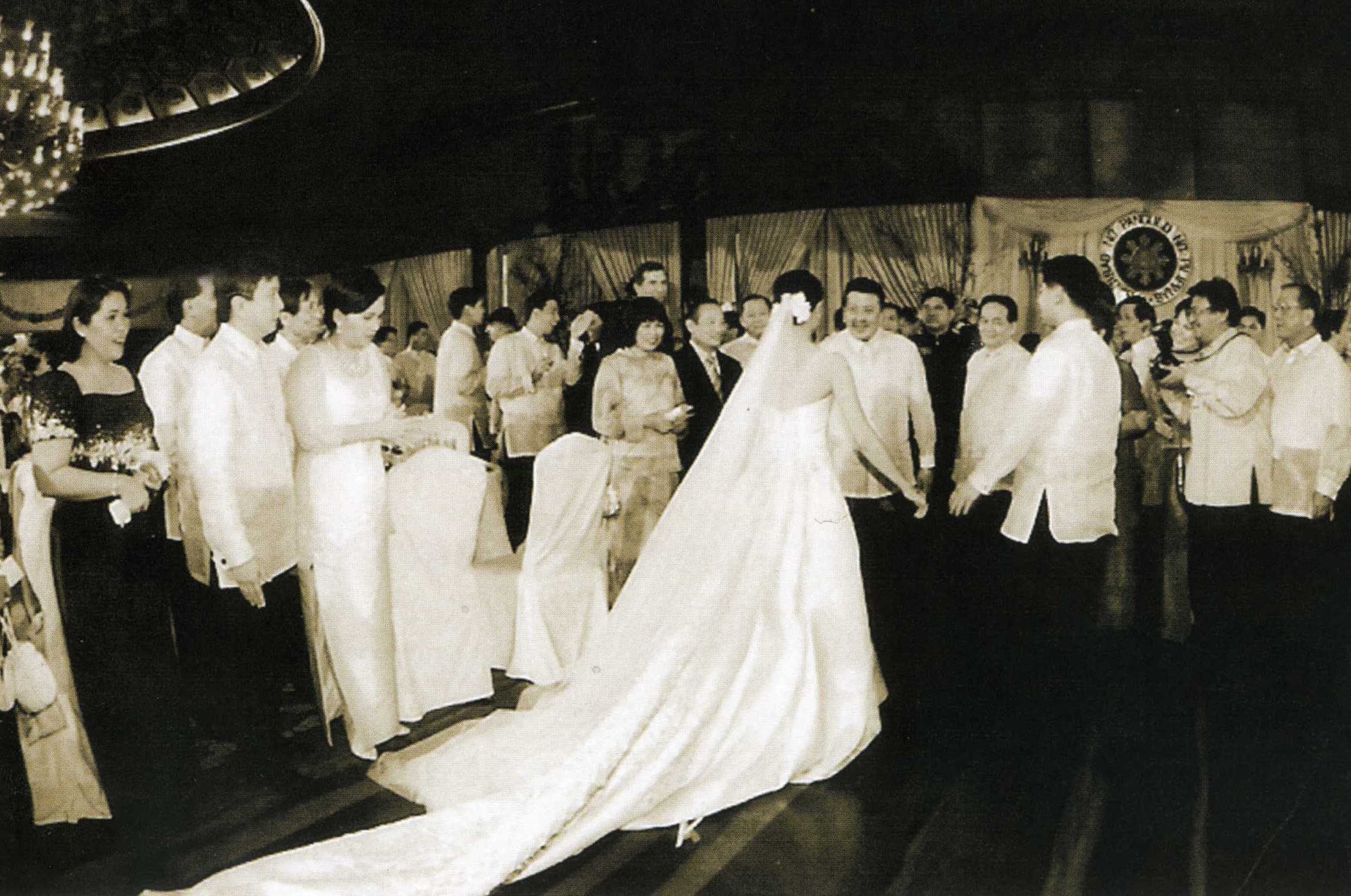
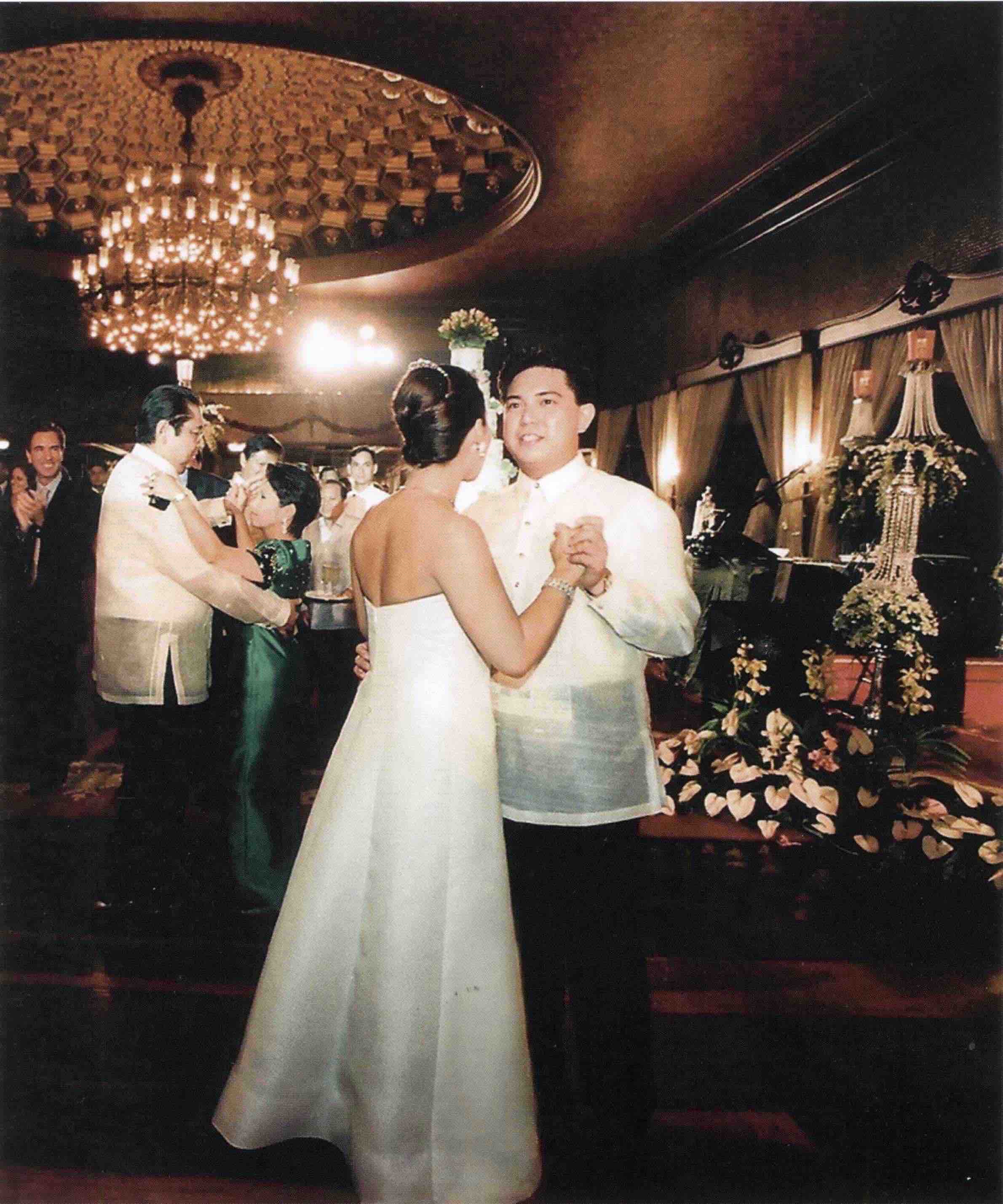
The teenage First Lady
Weddings of most politicians’ children are grand affairs, even more so for presidential children. Five weddings have been held in Malacañang Palace—those of Mickey Arroyo, Jackie Estrada, Jo Ramos, Linda Garcia and Victoria Quirino’s.
A controversial “pre-debut” pictorial for Duterte’s granddaughter Isabelle was held there in December 2017, spawning memes in the age of social media and the Facebook parody account Malacañang Catering and Services.
Long before social media, the young Victoria Quirino was thrust into public life and private heartaches of Malacañang. Her father Elpidio Quirino came into the presidency a widow.
Victoria was 16 years old, a high school student, when she assumed the role of first lady during her father’s term. She said that living in Malacañang felt like a fish living in a fish bowl: “Nakatutok lahat ang mata ng tao.”
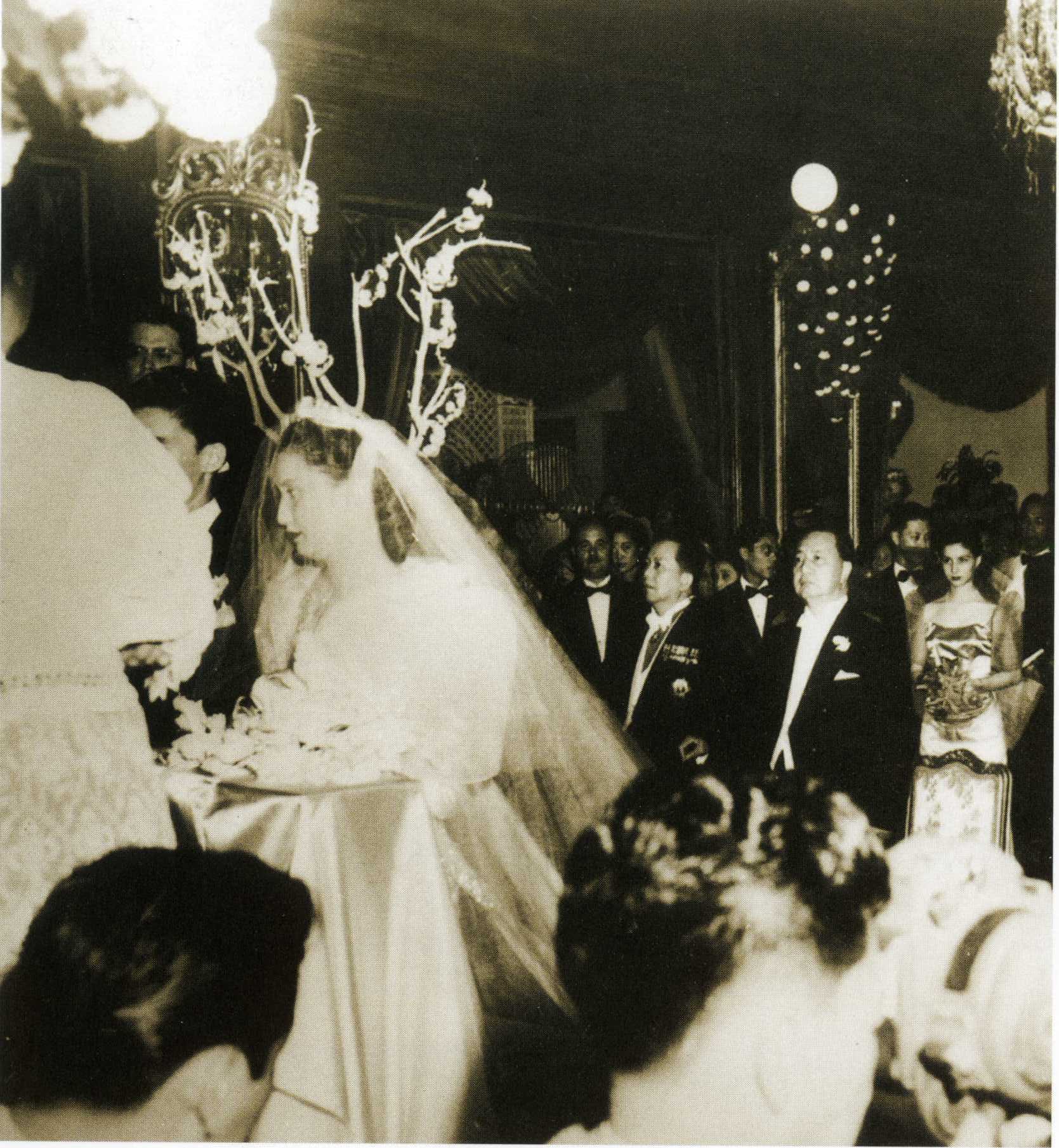
There is a black-and-white picture of Victoria Quirino’s wedding to then Philippine Ambassador to Spain Luis Gonzalez in the palace museum. The wedding was held at the palace’s Reception Hall.
Victoria continued to live in Malacañang and functioned as first lady even after she got married.
First Lady Eva Macapagal started the commissioning of busts of national heroes by Guillermo Tolentino, which now line the Heroes Hall in the palace. Formerly named the Social Hall, it was built by Quezon for informal gatherings, and has since been used for state dinners with foreign dignitaries.
Ironically, it was from this hall that Marcos and Estrada walked to leave the palace.
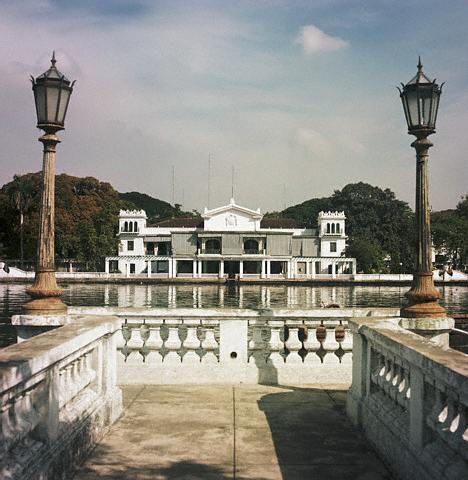

Palace of the peole and the palace as prison
Emilio Aguinaldo, the first president of the First Republic of the Philippines, never really used the palace during his presidency. After his capture in Isabela in 1901, he was brought to Malacanang—not as president but as prisoner.
It was second president Manuel Quezon who first lived in Malacañang.
Under the administrations of Cory and Ramos, a museum was established and Malacañang Palace tours were opened to the public. This was discontinued by Estrada, and under Arroyo the museum was transferred to the Executive House building east of the palace.
Some people who enter the palace grounds from JP Laurel St. are surprised that it doesn’t look like the palace on the P20 note. This is actually the back of the palace; the front faces Pasig River and can only be seen from the water.
The Quezon Room or Quezon’s office during his presidency at the Executive House has a balcony that overlooks the river. He did the first major renovation of Malacañang Palace in 1938, adding two “towers” on either end of the building (the palace has only two floors).
Quezon wanted Malacañang to look, well, more palatial. He built the resthouse across the river (now Bahay Pangarap) and acquired marvelous chandeliers from Czechoslovakia made of Bohemian glass.It was a renovation welcomed by the people who were promised their independence from America.
President Magsaysay famously said, “Malacanang is the palace of the people.”
Under his presidency, ordinary folks could have picnics on the palace grounds and visit him wearing tsinelas.

In contrast, during martial law Malakas (Marcos) and Maganda (Imelda) glass doors were installed at the entrance, a gesture of ownership of the palace paid for by the nation.
From being open, Malacañang largely became a palace of secrets during the Martial Law regime.
The Marcoses’ excess, their conjugal dictatorship crippled the country and left it in massive debt by the time they left Malacañang Palace. It was estimated by various agencies that in their last years in power they amassed $10 billion (about P524 billion in current exchange rate) in ill-gotten wealth.
In no small part, their love for the palace and all it represented led to their downfall.



